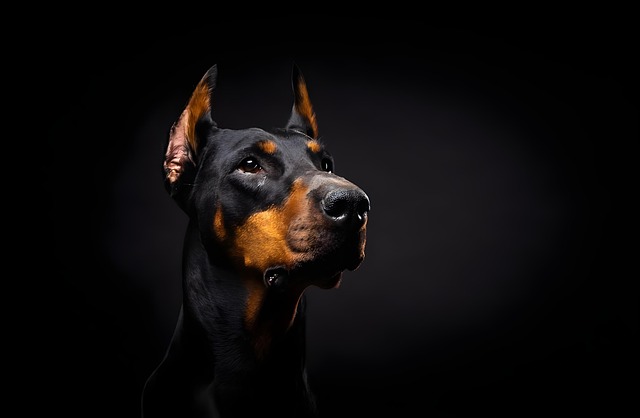
How to test for tetanus in dogs?
Tetanus in dogs often starts with subtle signs most owners miss—like a stiff jaw when grabbing a favorite chew toy or hesitation to climb stairs they once bounded up.
You fill their bowl faithfully each morning, but have you ever paused to wonder if it's truly enough? Water is the silent cornerstone of your dog's health, quietly powering everything from nutrient transport to temperature regulation. That simple question – how many cups should my dog drink in 24 hours? – doesn't actually have a one-size-fits-all answer scribbled on the back of a kibble bag. Understanding your dog's unique hydration needs is far more nuanced than counting cups; it’s about observing them, understanding their lifestyle, and recognizing the subtle signs their body sends.
Picture this: a petite Chihuahua lounging indoors on a cool day versus a bounding Labrador Retriever after an hour-long hike in midsummer heat. Their water requirements couldn't be more different. Breed size plays a significant role; larger dogs naturally need more fluids to support their bigger bodies. Activity level dramatically shifts the needle – think of how thirsty you get after a run! That energetic game of fetch or long walk significantly increases your dog's need for replenishment. Then there's climate. Hot, humid days or dry, arid environments cause panting and evaporation, demanding more water intake just to maintain balance. Even their diet factors in; dogs eating primarily dry kibble will naturally drink more than those on wet food, which already contains significant moisture. Underlying health conditions, like kidney disease or diabetes, also drastically alter thirst signals. A fixed cup count simply doesn't account for this beautiful complexity of canine life.
So, how *do* you figure out what's right for your furry friend? A common starting guideline suggests dogs generally need about one ounce of water per pound of body weight daily. For a 50-pound dog, that translates roughly to about 6 cups. But please, treat this as a rough sketch, not a rigid blueprint. The real magic lies in observation. Notice their habits. Does your dog frequently visit the bowl? Do they gulp water eagerly or sip leisurely? Check their water dish periodically – are they emptying it consistently throughout the day, or is it barely touched? Pay close attention to their environment and routine. Did they have an unusually active day? Is it scorching hot outside? These factors demand immediate adjustments. Consulting your veterinarian is always wise, especially for puppies, seniors, or dogs with known health issues. They can provide personalized hydration targets based on your dog's specific physiology and circumstances.
Keeping a watchful eye helps you spot potential problems early. A well-hydrated dog usually has moist gums, bright eyes, and skin that snaps back quickly if gently pinched (the skin tent test). Their energy levels should feel normal for them. Dehydration, however, sends clear distress signals. You might notice excessive panting even at rest, dry or sticky gums, eyes that appear sunken or dull, and a noticeable loss of skin elasticity – when pinched, the skin slowly returns to position or stays tented. Lethargy, loss of appetite, and a dry nose (though not always a definitive sign on its own) are also red flags. If you suspect dehydration, especially if accompanied by vomiting or diarrhea, contacting your vet promptly is crucial. They can assess the severity and recommend appropriate intervention, which might range from encouraging small, frequent drinks to needing subcutaneous or intravenous fluids for serious cases.
Encouraging consistent, adequate hydration doesn't have to be a chore. Ensure fresh, clean water is always readily available in multiple locations, especially in larger homes or multi-pet households. Wash bowls daily to prevent slime buildup and keep the water inviting. Consider the bowl type – some dogs prefer wider, shallower bowls that don't touch their whiskers. During hot weather or increased activity, offer water breaks frequently, even if your dog doesn't actively seek it out immediately. Adding a splash of low-sodium broth (check ingredients for onions or garlic, which are toxic) or water to their kibble can boost moisture intake. For dogs resistant to drinking, pet water fountains often pique their interest with the moving water. Always carry water and a portable bowl on walks, hikes, or car rides. After intense play or exercise, offer small amounts of water frequently rather than letting them gulp a huge volume all at once, which can cause discomfort or vomiting.
Ultimately, the "right" amount of water for your dog isn't found in a universal cup measurement. It’s discovered through understanding the unique interplay of their size, their daily adventures, the climate they live in, and their individual health. By moving beyond a generic number and tuning into your dog's specific needs and the subtle cues their body provides, you become their best hydration advocate. It’s about fostering a lifestyle where fresh water is a constant, reliable presence, adjusted intuitively as their world changes day by day. That attentive care, more than any fixed formula, truly keeps them thriving and their tail wagging with vitality.

Tetanus in dogs often starts with subtle signs most owners miss—like a stiff jaw when grabbing a favorite chew toy or hesitation to climb stairs they once bounded up.
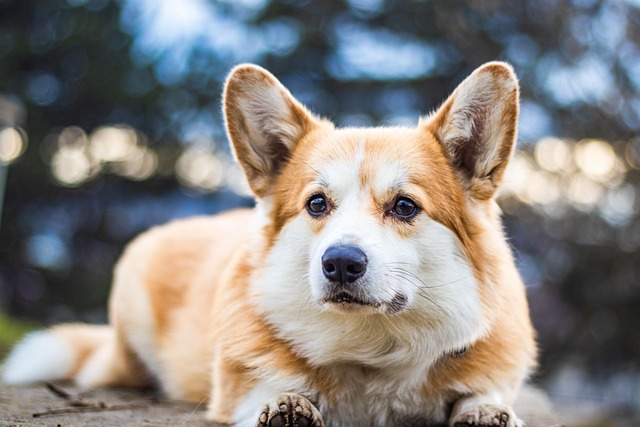
If you’re a new dog parent in the US—maybe you’re standing in your Ohio apartment’s pet store aisle, holding a bag labeled “senior dog food” while your 8-year-old Dachshund
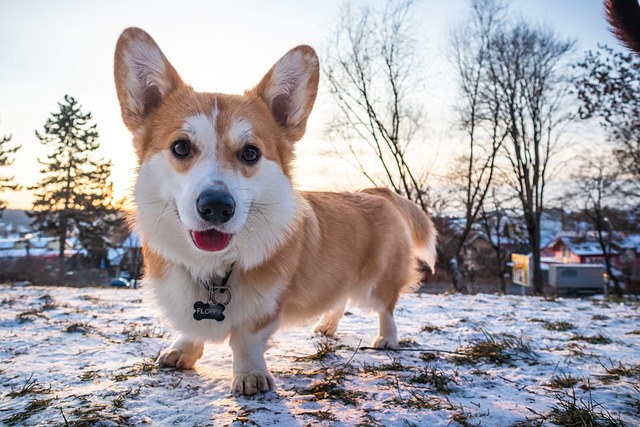
If you’re a new dog parent to a senior pup in the US—maybe you’re standing in your Florida apartment’s pet food aisle
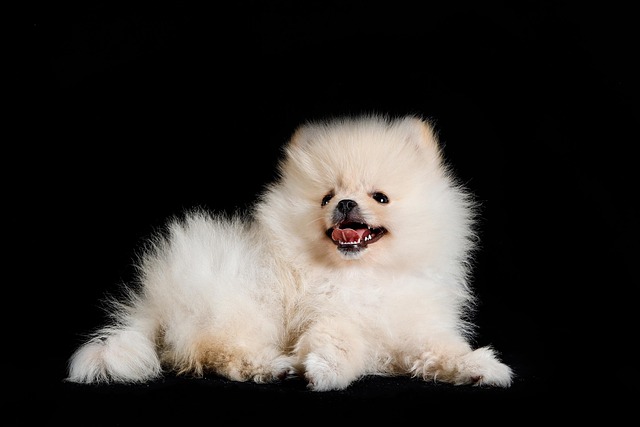
Pet owners often worry about hidden health risks for their dogs, and toxoplasmosis is one that flies under the radar for many—understanding how dogs pick it up is key to keeping them safe.

If you’re a new dog parent in the US—maybe you’re standing in your Chicago apartment, staring at your 7-month-old Poodle mix, Bella
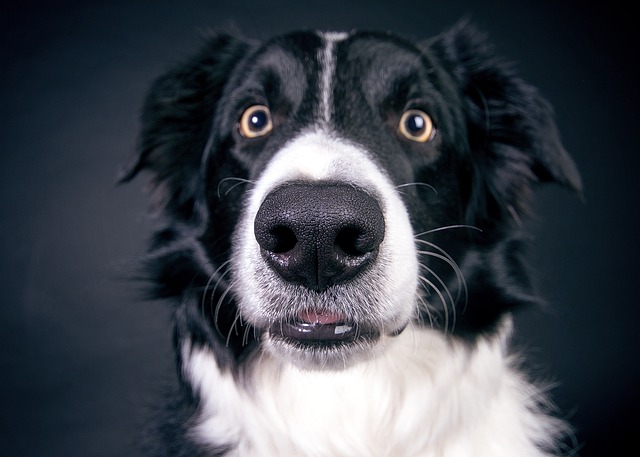
Tetanus in dogs comes from bacteria entering open wounds—think a deep cut from a rusty fence nail during a walk, or a scraped paw from digging in contaminated soil.